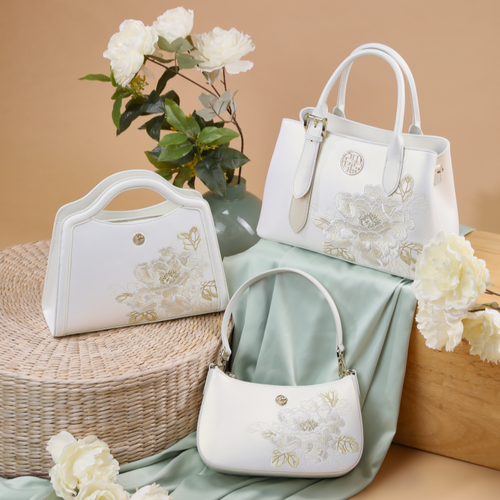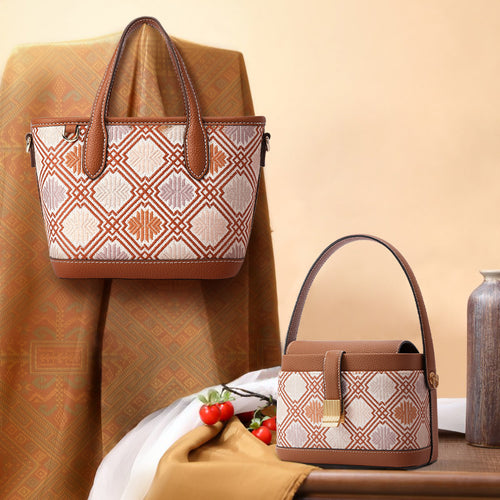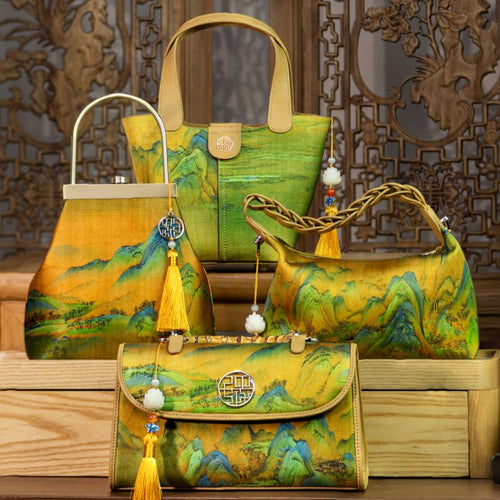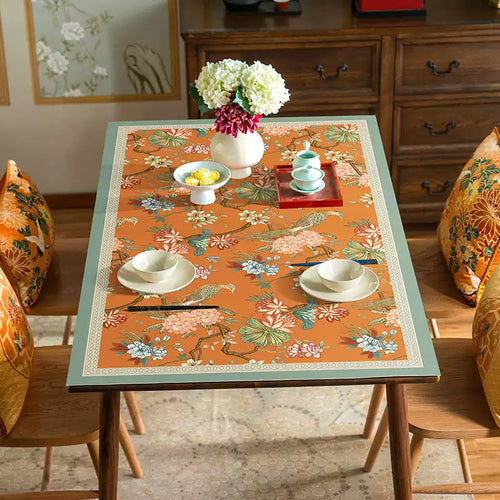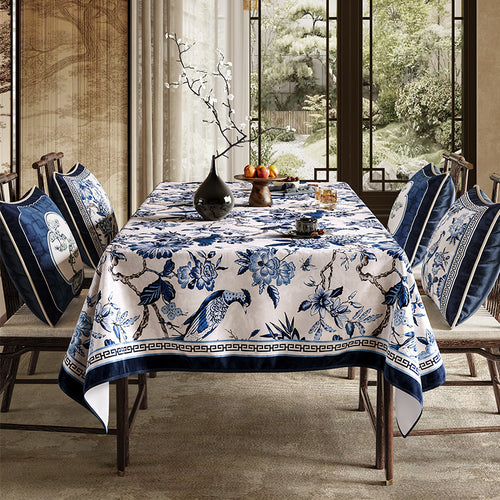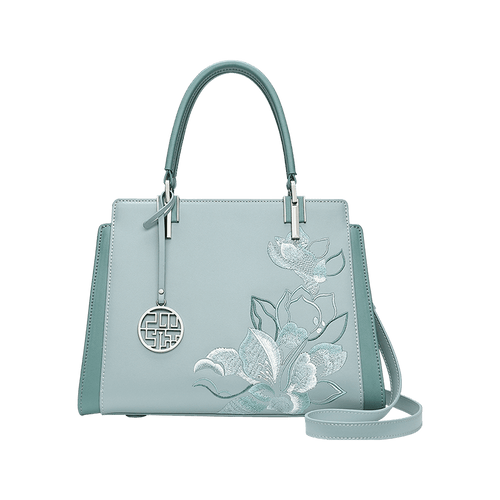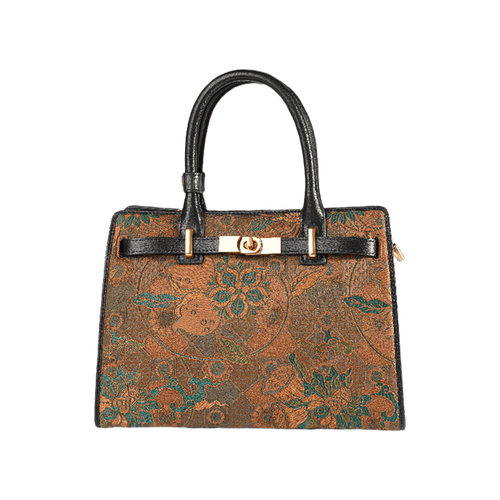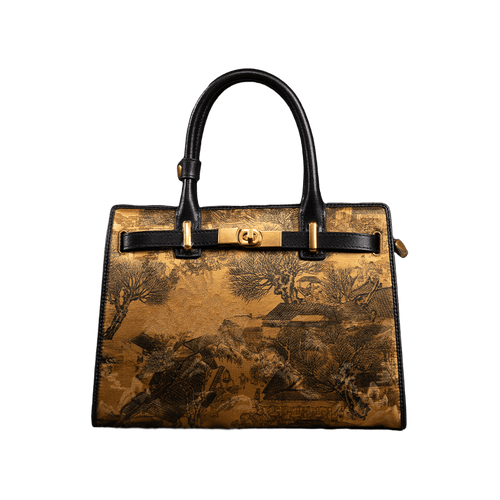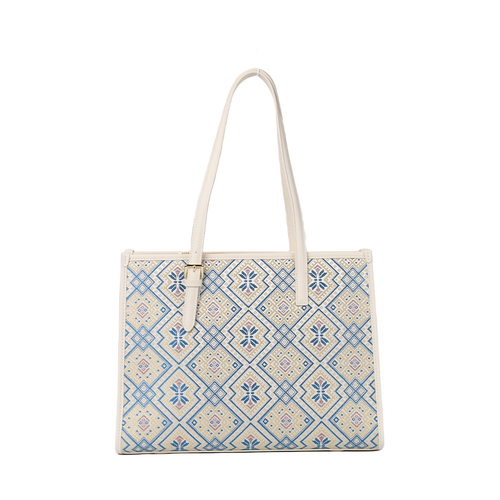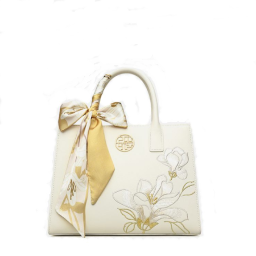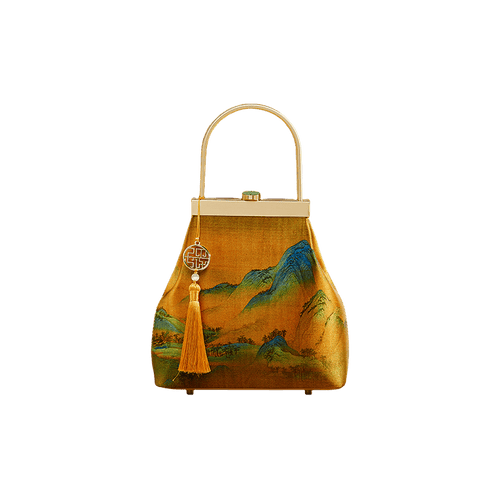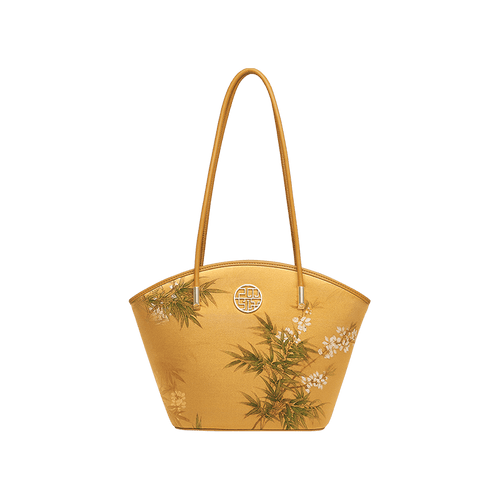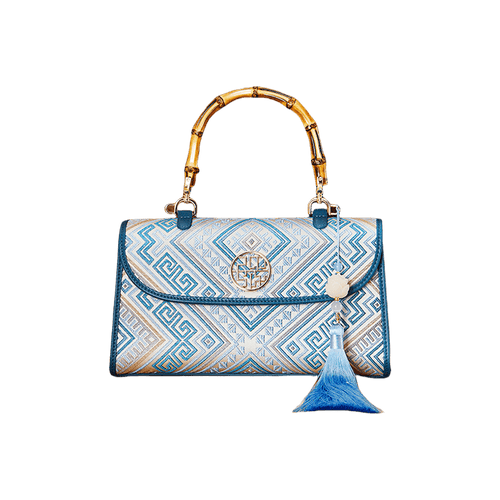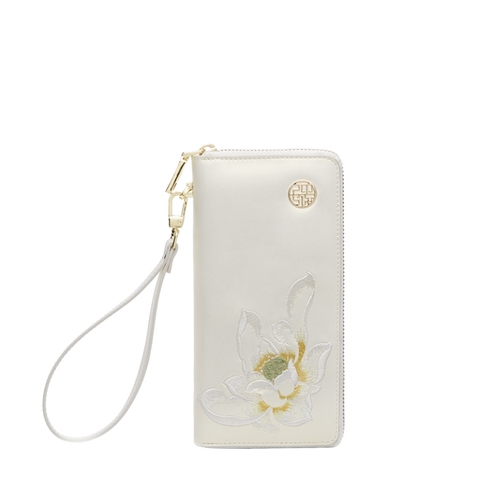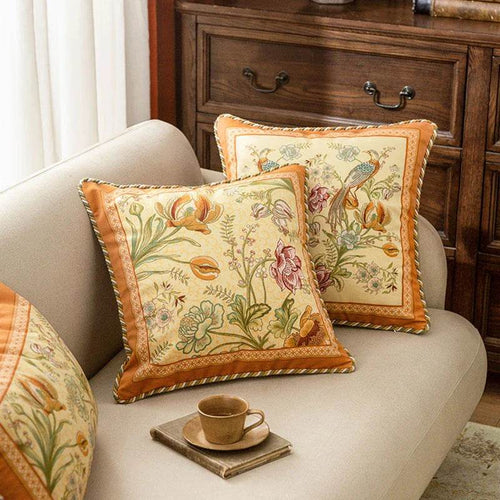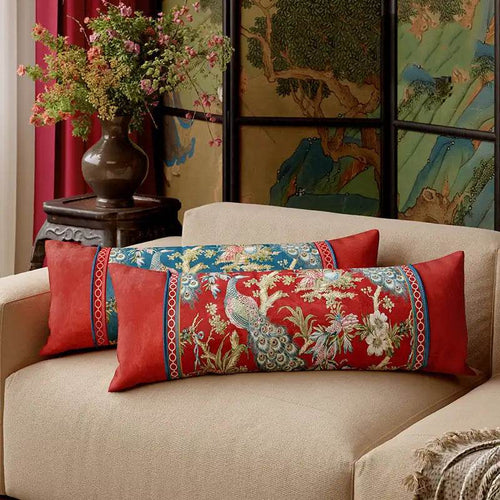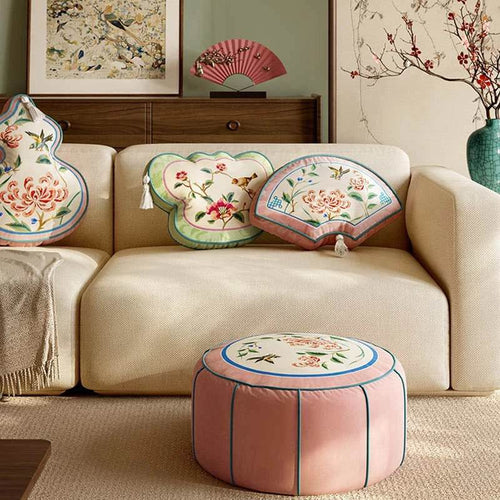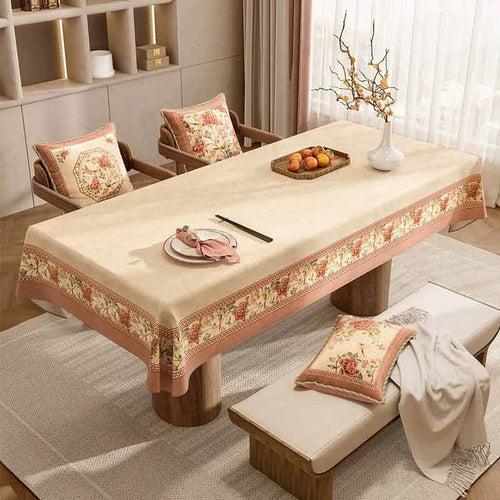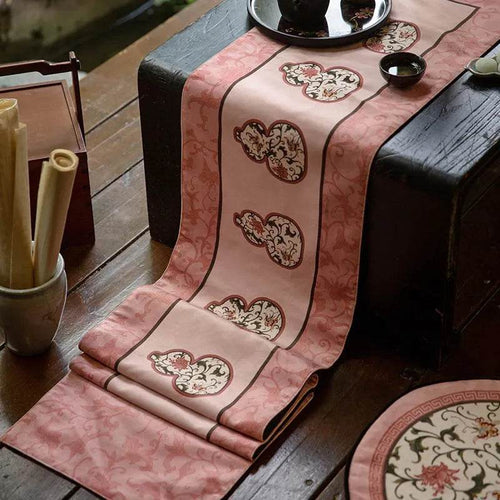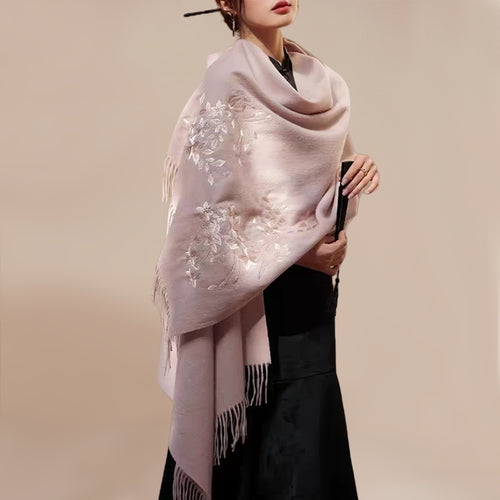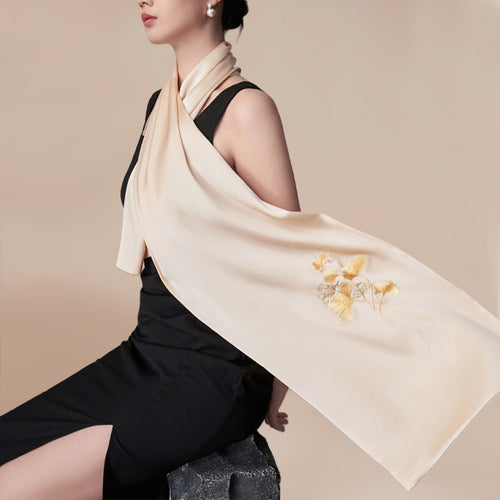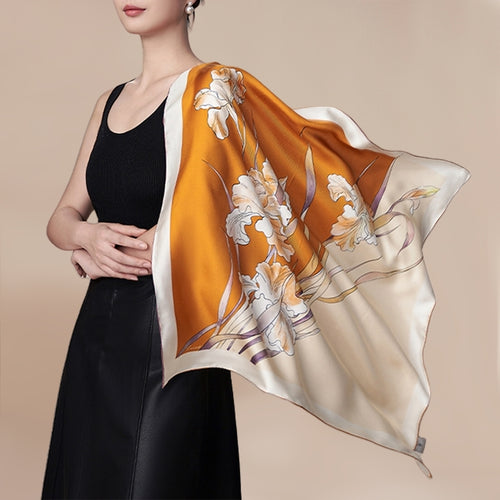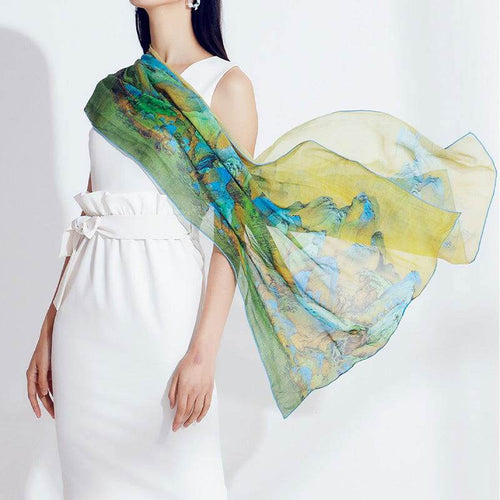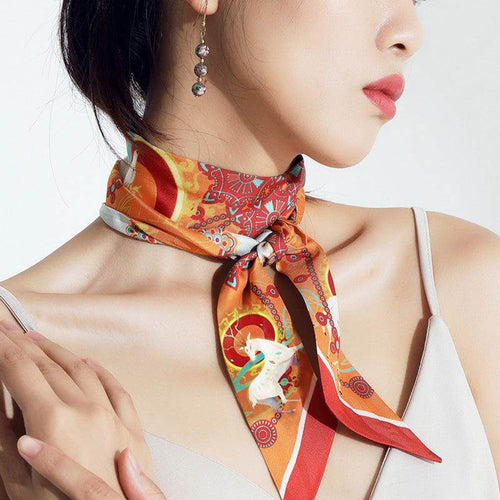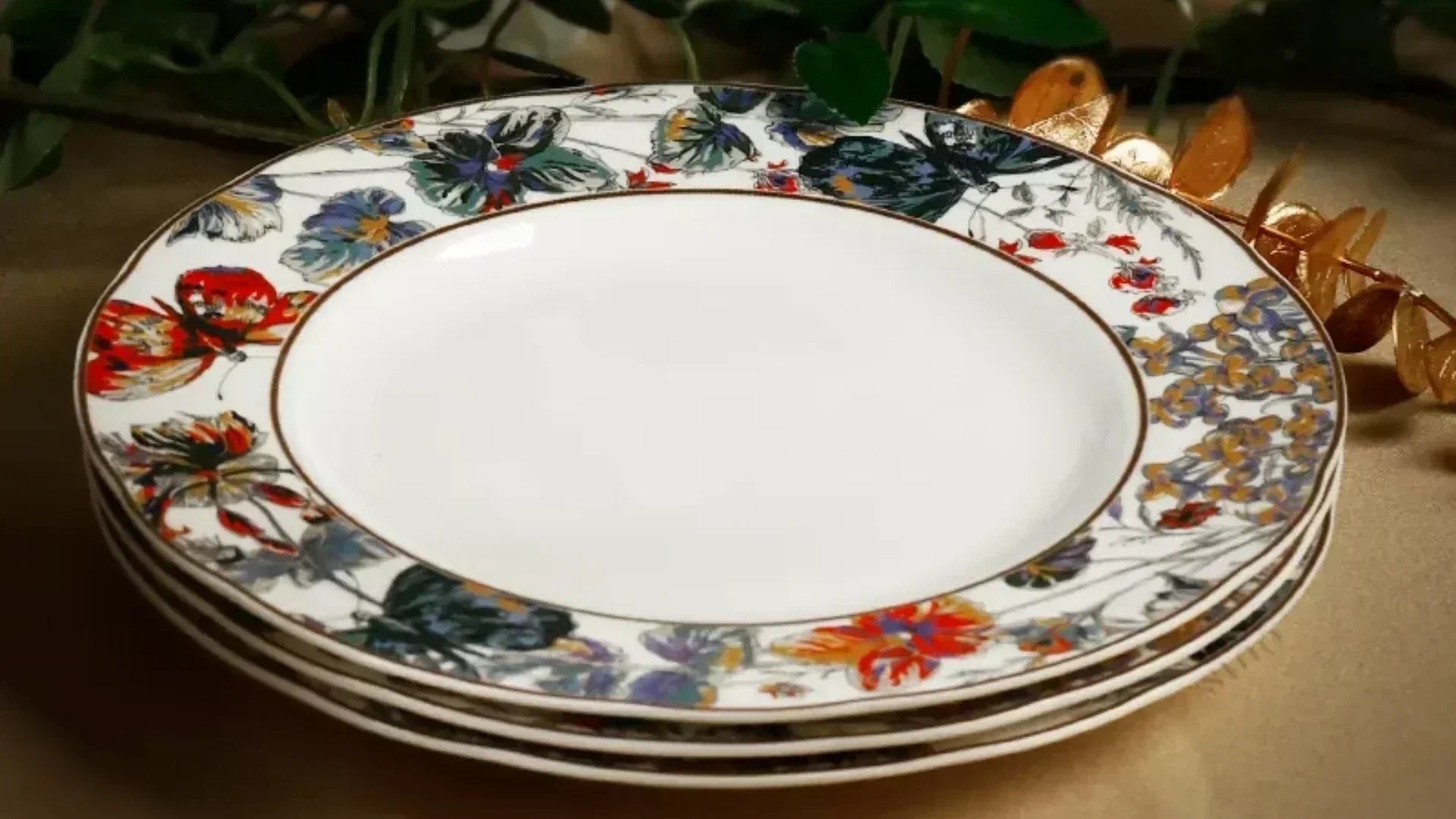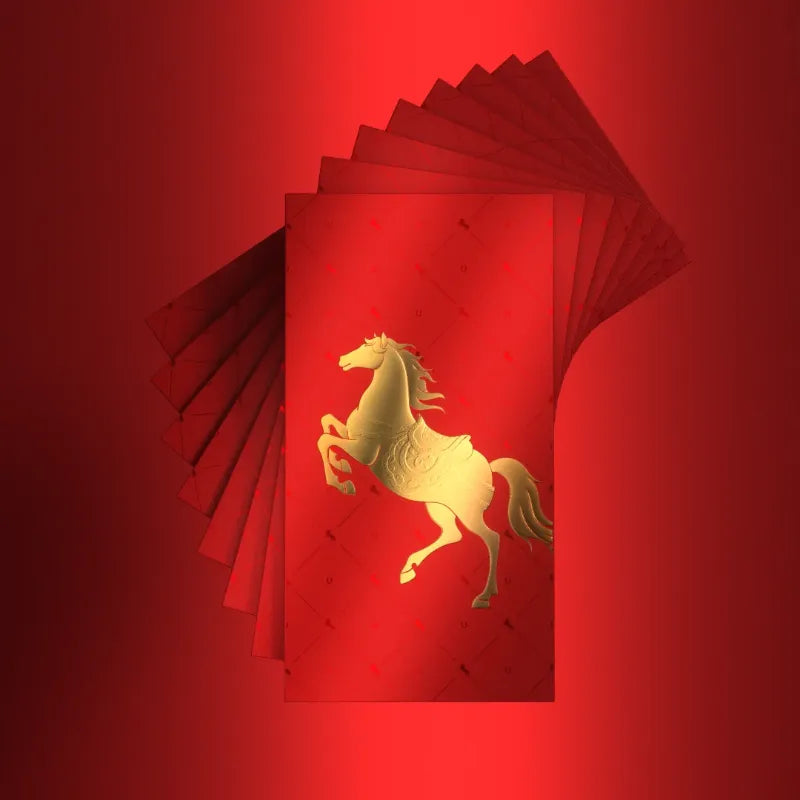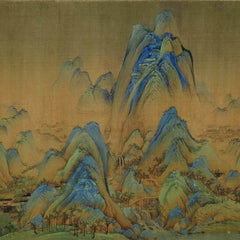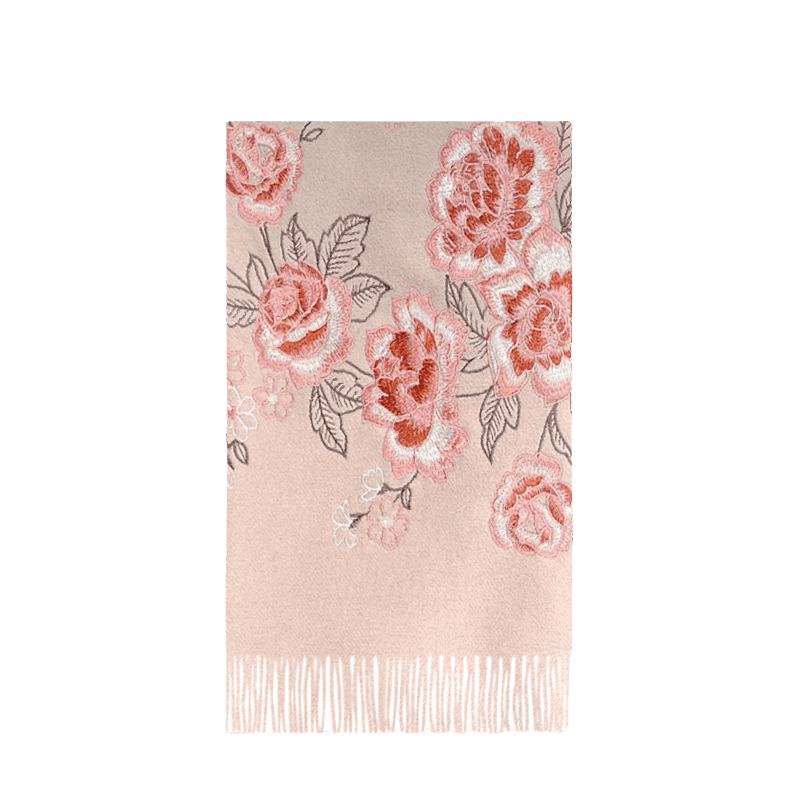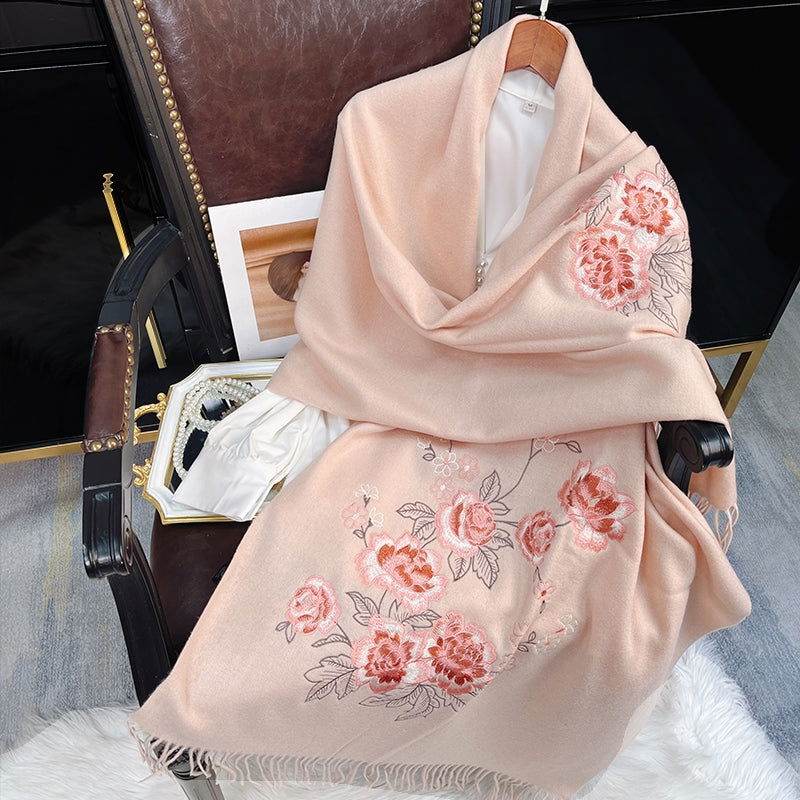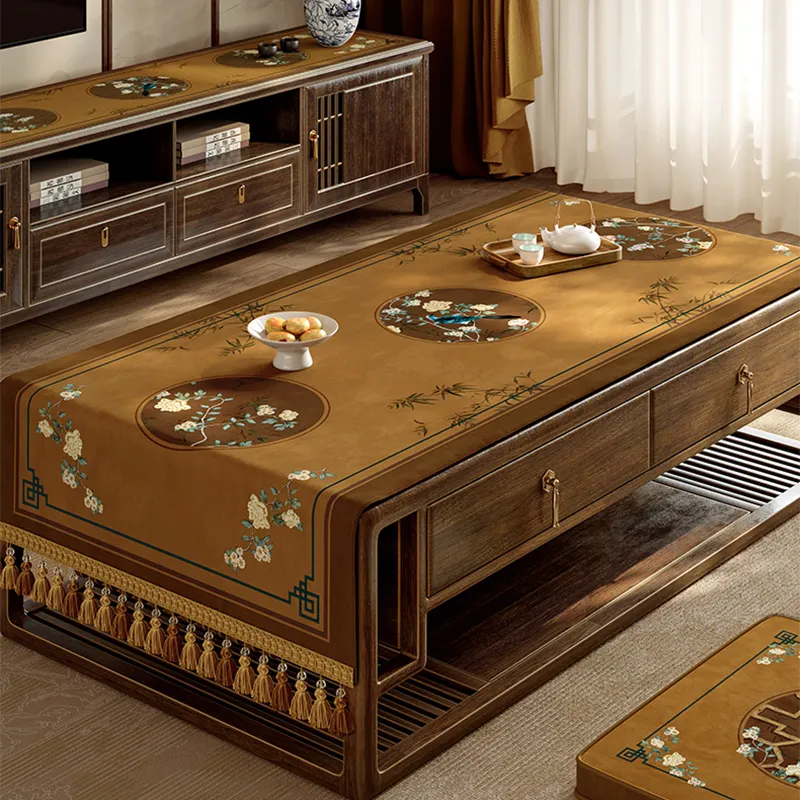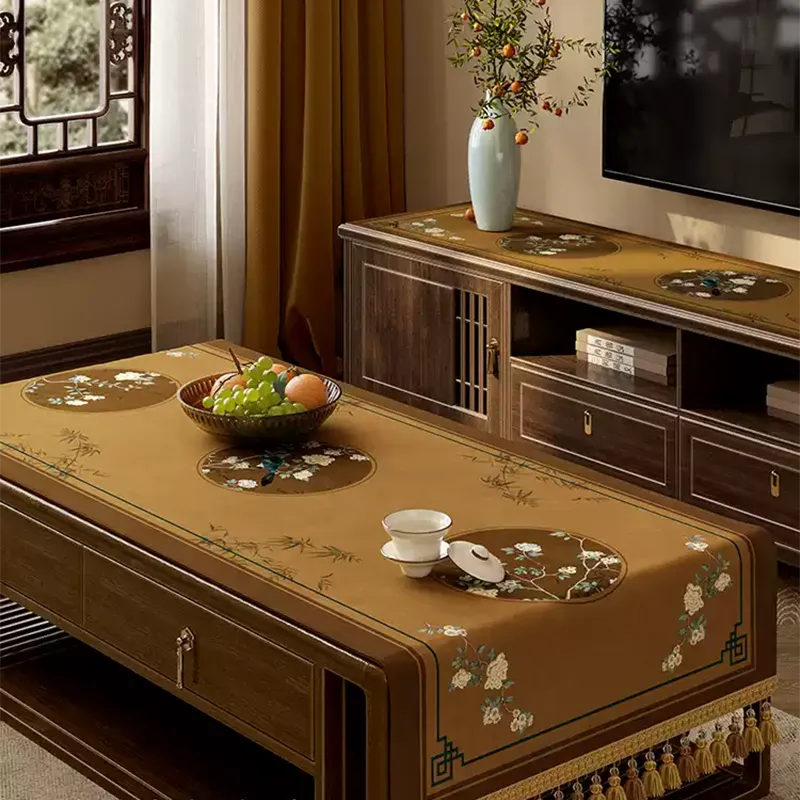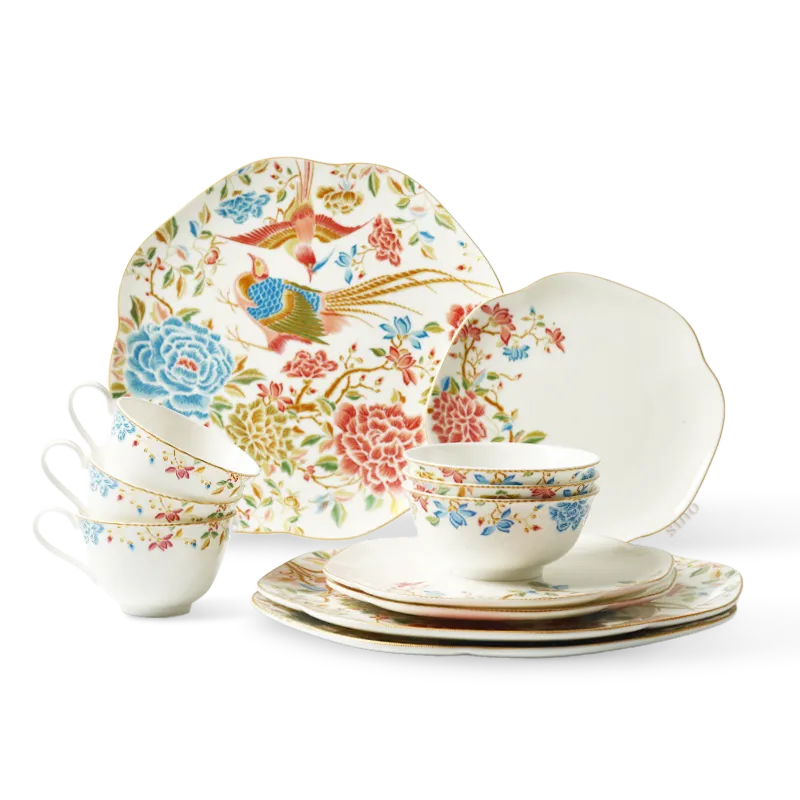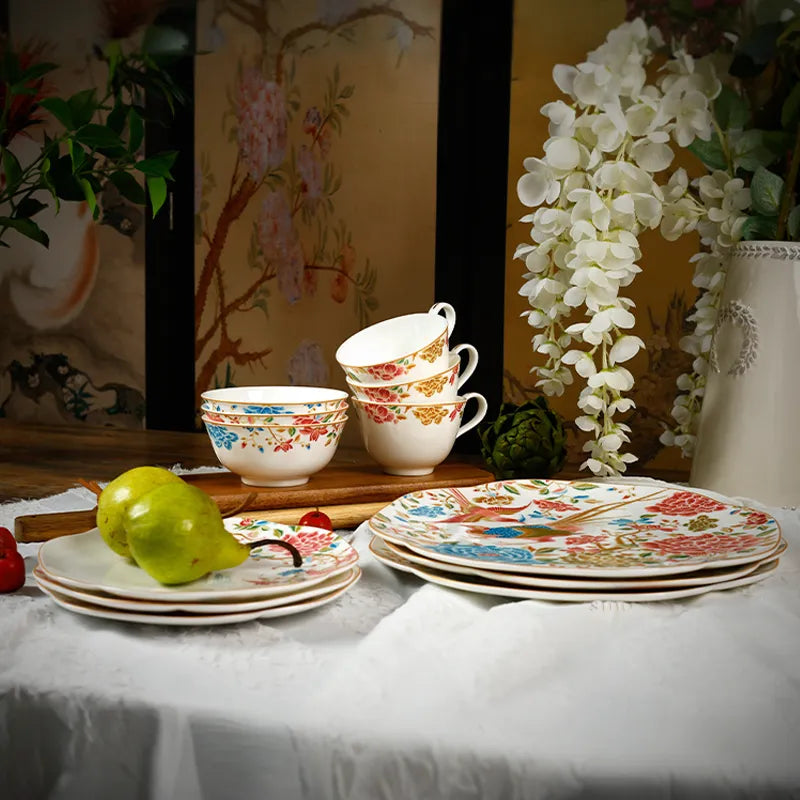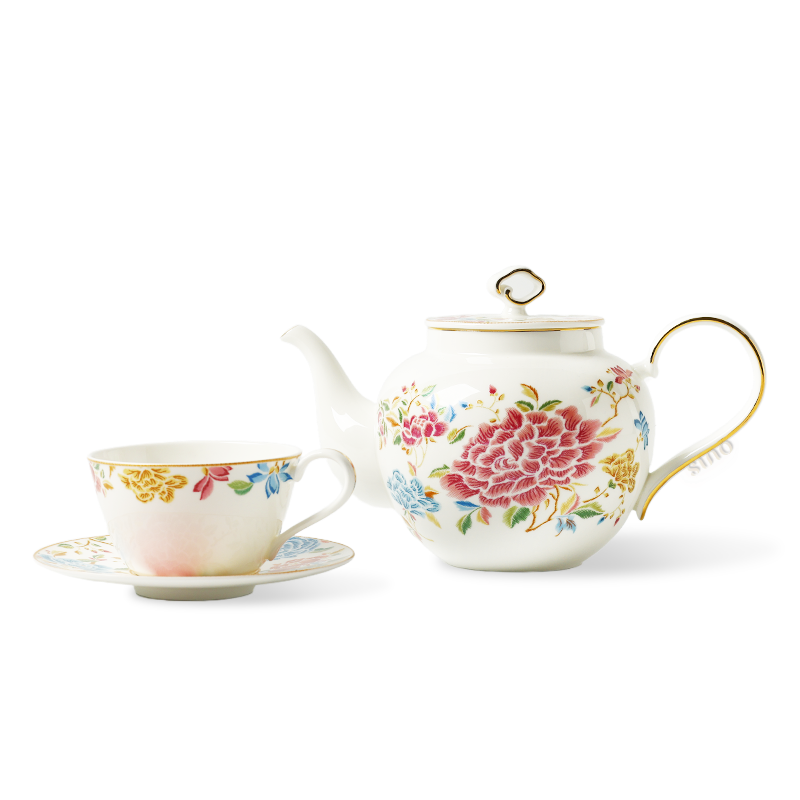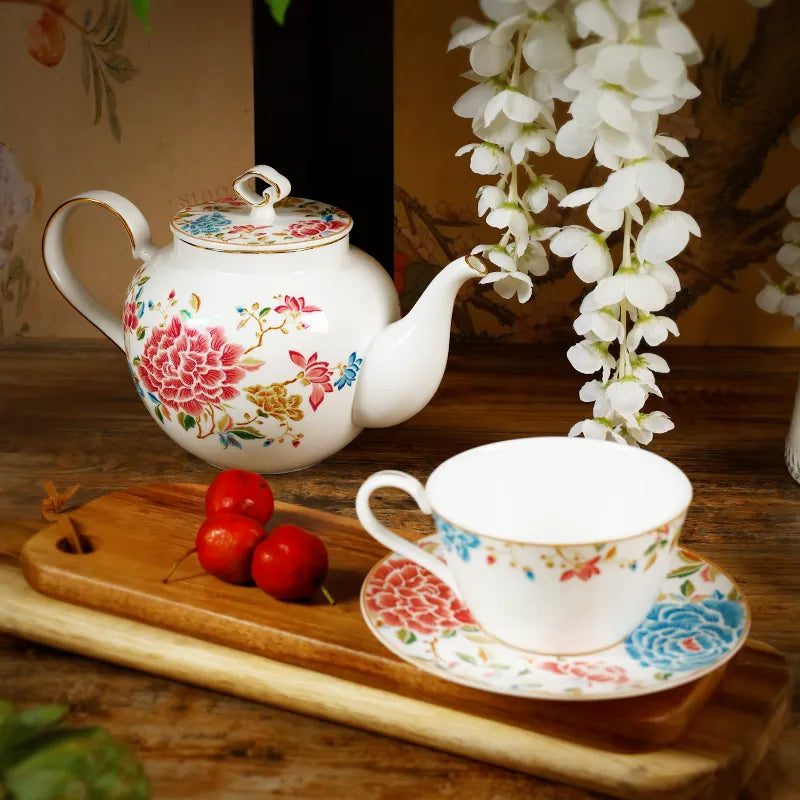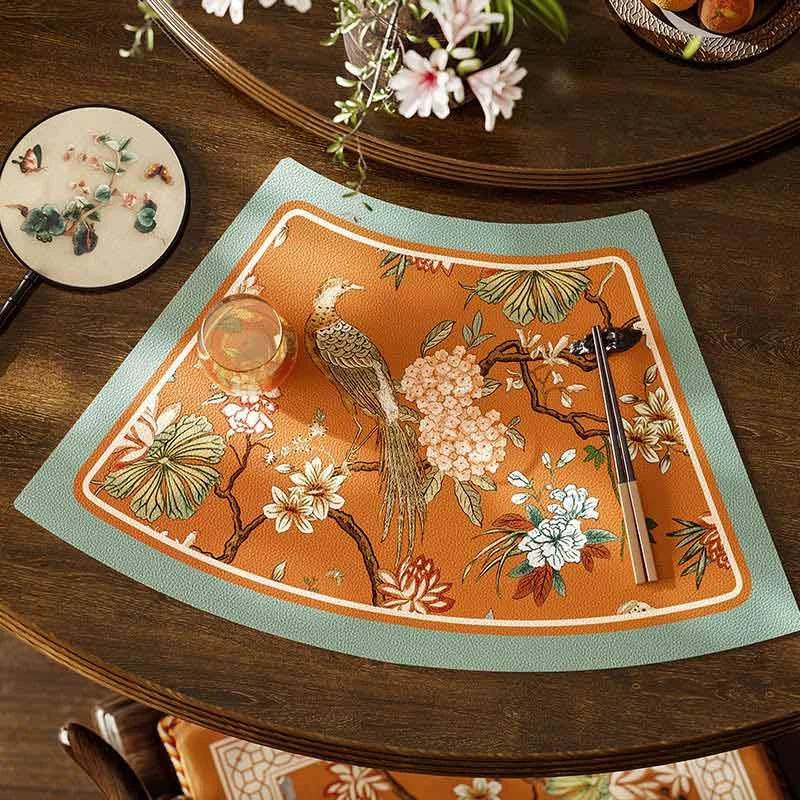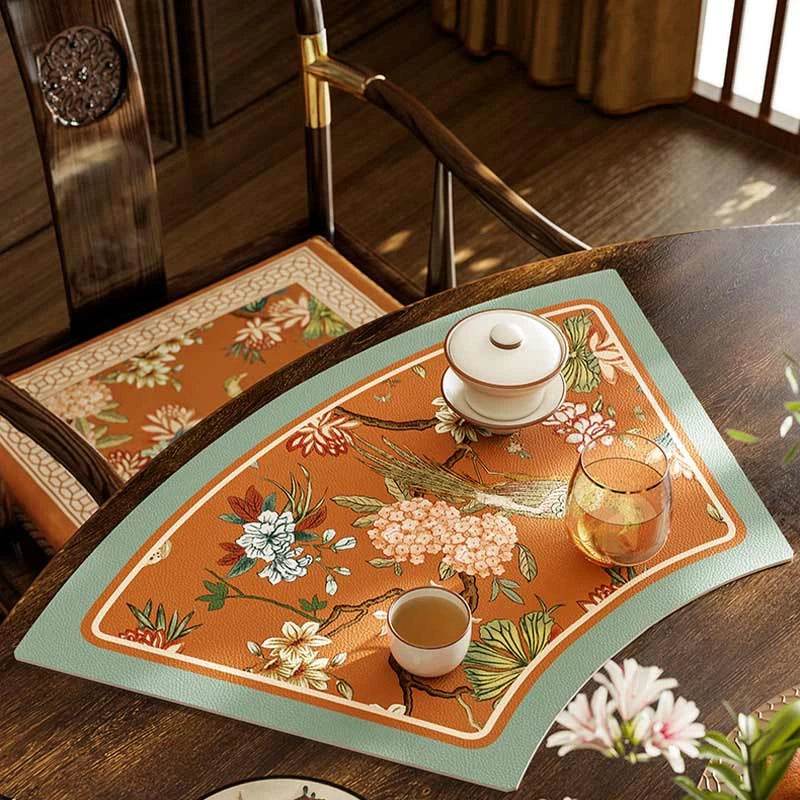Cold Dew (Hanlu) marks the 17th solar term of the Chinese lunar calendar, usually falling between October 7 and 9, when the sun reaches the celestial longitude of 195°. Its name is a poetic description of the changing season: as the air turns cooler, the dew on leaves feels colder and begins to condense, reminding us that autumn is quietly giving way to winter.

During this time, temperatures drop significantly, and you can feel the crisp air biting a little more each morning. Dew appears more frequently, and the difference between day and night temperatures becomes pronounced. In northern China, this period signals the true arrival of late autumn or even early winter, with leaves falling and the wind turning sharp. Meanwhile, in southern China, autumn’s beauty is at its peak—clear skies, gentle breezes, and a dry, refreshing air that makes you want to stay outdoors a little longer.


Seasonal Wellness and Lifestyle
As the weather shifts from warm to cool, Cold Dew reminds us to take care of our bodies. Traditional Chinese wisdom suggests dressing warmer, eating nourishing foods, and strengthening immunity as yin energy begins to rise. It’s the perfect time to switch from airy autumn clothes to cozy layers, to drink warm teas, and to prepare for the months ahead so you can enter winter strong and healthy.

The Three "Signs" of Cold Dew
Traditional Chinese culture divides each solar term into three “hou侯,” or five-day periods, each associated with a natural phenomenon:
-
First Hou: Geese arrive as guests – Migratory geese fly south in V-shaped formations, a sign that the cold months are drawing near.

-
Second Hou: Sparrows disappear and transform into clams – Ancient people observed that sparrows vanished and clams appeared by the sea, leading them to believe the birds had transformed into shells.

-
Third Hou: Chrysanthemums bloom – Golden chrysanthemums blossom everywhere, becoming the floral symbol of this time of year and filling gardens with their autumnal charm.

Food Traditions During Cold Dew
Cold Dew comes with its own set of beloved seasonal foods:
-
Flower Cake (Guihuagao) – Since Cold Dew is close to the Double Ninth Festival, people eat flower cakes to symbolize rising step by step in life.

-
Sesame – Eating sesame during this time is believed to nourish yin, moisten the lungs, and support the stomach.

-
Chrysanthemum Wine – Made from chrysanthemums, glutinous rice, and yeast, this golden drink is also called “longevity wine” and is thought to brighten the eyes and protect the liver.

-
Cold Dew Tea – In Nanjing, it is a tradition to drink “Cold Dew Tea,” picked three days before and four days after the solar term. This tea is known as the “best of autumn teas.”

-
Female Crabs – If you’ve been following our Sinocultural 24 Solar Terms series, you may have noticed that autumn in China is practically a three-month crab feast.Autumn is crab season, but during Cold Dew, it’s the perfect time to enjoy female crabs. There’s a Chinese saying, “In September, round-bellied crabs; in October, pointed-bellied crabs,” meaning that female crabs are full of rich, golden roe during this season.

Seasonal Activities and Traditions
Cold Dew isn’t only about food—it’s about enjoying the last golden days of autumn:
-
Fishing in the shallows – As deep waters cool, fish move to warmer shallow areas, making this the best season for fishing in southern China.

-
Climbing high and admiring chrysanthemums – The Double Ninth Festival tradition of climbing mountains continues during Cold Dew. Seeing chrysanthemums in full bloom is considered one of the joys of the season.

-
Cricket fights – For those familiar with Chinese history, cricket fighting has been an autumn pastime since the Song Dynasty, and by the Ming and Qing dynasties, it had become a full-fledged seasonal tradition,cricket fighting was once a beloved pastime, especially in Beijing and Hangzhou. The chirping of crickets signals that autumn has truly arrived and reminds households to prepare for the cold: “When the crickets sing, even the laziest housewives wake up to sew winter clothes.”

Preparing for Winter with Sinocultural
Cold Dew is a gentle nudge to prepare for the colder months—both in style and at home.
For your wardrobe, it’s time to wrap yourself in warmth and elegance. Our Embroidery 100% Pure Cashmere Scarf – Pink Lotus is hand-embroidered with lifelike floral motifs that seem to bloom right on the fabric. The soft, warm cashmere and intricate craftsmanship make it a perfect gift for yourself or someone you love, adding refinement to everyday outfits and special occasions alike.

For your home, create a cozy autumn-winter vibe with our Chinoiserie Vintage Window Lattice Birds & Flowers Brown Tablecloth. Its warm brown tones and delicate bird-and-flower motifs bring a quiet, timeless elegance to your dining room. The soft plush fabric and handcrafted tassels add luxury and comfort, turning every meal into a beautiful ritual.

And finally, elevate your dining experience with our 12-Piece Chinoiserie Bone China Square Plate Set – Floral & Bird Design. Inspired by Cantonese embroidery, the patterns feature blooming peonies symbolizing prosperity and phoenixes representing harmony. Each piece is fired at 1350°C, giving it superior durability and a translucent glow. The embossed embroidery-like textures make every dish feel special, turning ordinary dinners into warm, memorable gatherings.

Cold Dew is more than just a date on the calendar—it’s a reminder to slow down, enjoy the beauty of autumn, and make your home and heart ready for winter.
Cold Dew's Closing Thoughts
Cold Dew is more than just a date on the calendar—it’s a reminder to slow down, savor the crisp air, and prepare for the cozy days ahead. Whether you’re enjoying a steaming cup of Cold Dew tea, cracking open a perfectly cooked crab, or refreshing your home with warm-toned décor, this is the perfect moment to bring more beauty and comfort into your life.
At Sinocultural, we believe that every season deserves its own ritual. This October, wrap yourself in the warmth of our embroidered cashmere scarves, set the table with our chinoiserie tablecloths, and enjoy meals with our bone china plate sets—turning ordinary autumn evenings into memorable moments.
We’d love to hear from you!
Do you have your own autumn rituals—like brewing chrysanthemum tea, climbing mountains, or simply lighting a candle at home?
